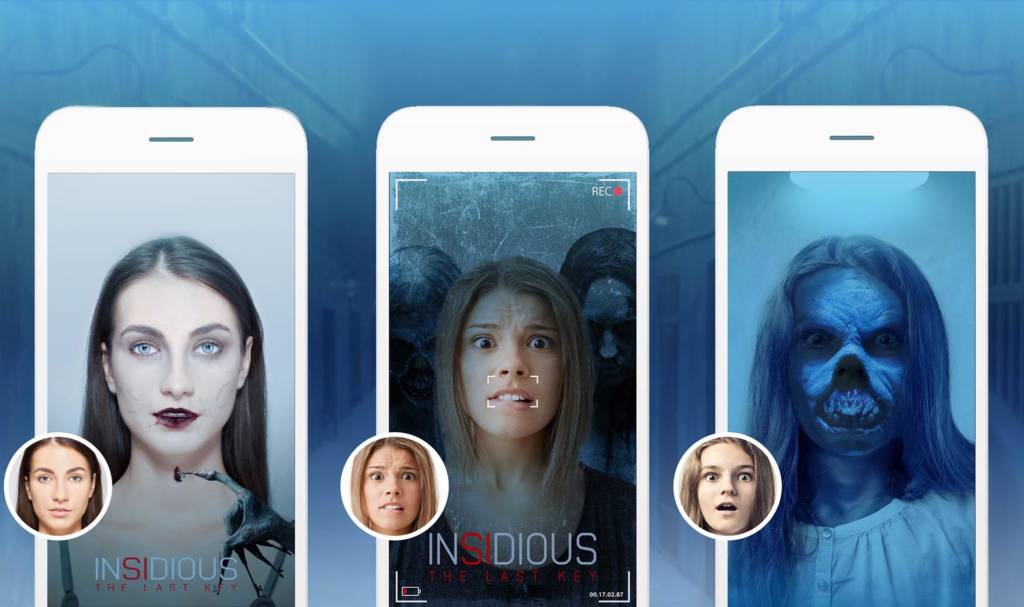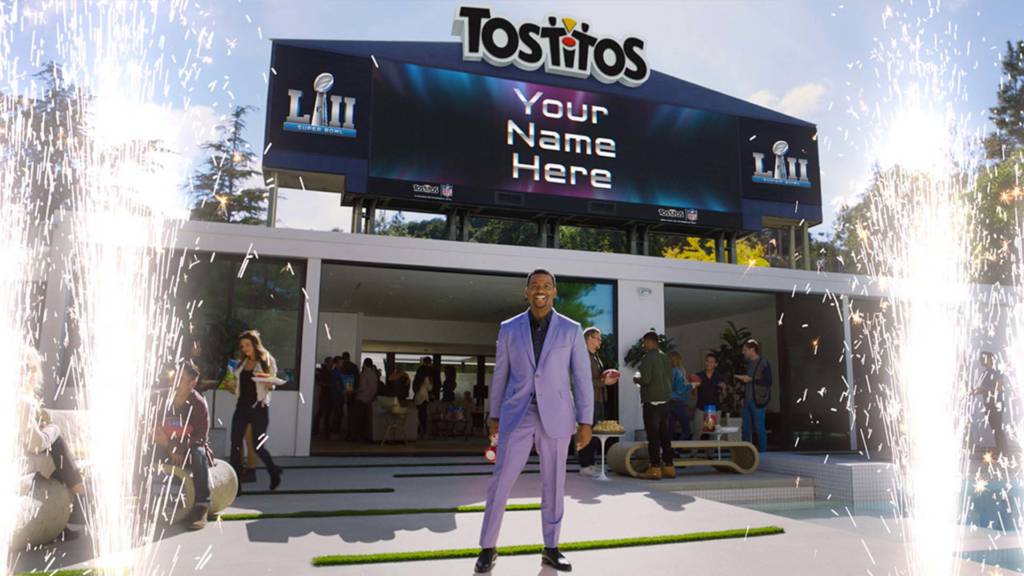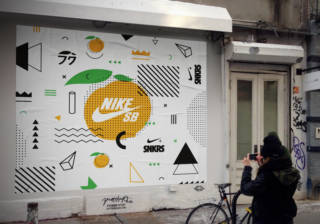Highlights
Snap Inc has laid off over 20 employees across various departments, mostly from its content division, citing the importance of scalability in its business model.
“Having a scalable business model isn’t enough,” Spiegel said in the memo, a copy of which was obtained by Cheddar. “We also need to have an organization that scales internally. This means that we must become exponentially more productive as we add additional resources and team members.”
These layoffs come as the app faces stagnating user growth and continued delays to a worldwide rollout of its promised redesign.
Nike has filled two high-level marketing roles this week, appointing Dirk-Jan van Hameren vice president and chief marketing officer, after promoting Greg Hoffman to vice president of global brand creative and marketing innovation.
Van Hameren has spent a quarter-century at Nike, most recently as vice president and general manager of Nike Sportswear, where his efforts contributed to the division attaining $3 billion in revenue.
Facebook has named American Express CEO Kenneth Chenault to its board of directors, marking the first black member of its board since the company’s founding.
“I’ve been trying to recruit Ken for years. He has unique expertise in areas I believe Facebook needs to learn and improve—customer service, direct commerce and building a trusted brand,” Mark Zuckerberg, Facebook CEO, said in a statement. “Ken also has a strong sense of social mission and the perspective that comes from running an important public company for decades.”
Chenault will be retiring from his current position on February 1, ending a 16-year tenure at the head of American Express.
Internet mattress company Casper has a new chief marketing officer, Jeff Brooks, after launching physical retail concept stores across the country.
“This expansion of our leadership team is a major building block in our growth story,” said Philip Krim, CEO and co-founder of Casper. “Jeff brings invaluable experience to Casper as we continue to scale and bring better sleep to more people across the globe.”
Before joining the sleep disrupting startup, Brooks held the position of president and CMO at Huge, Casper’s digital agency.
Facebook chief operating officer Sheryl Sandberg and Twitter CEO Jack Dorsey have been expelled from Disney’s board of directors, the company announced this week.
“Given our evolving business and the businesses Ms. Sandberg and Mr. Dorsey are in, it has become increasingly difficult for them to avoid conflicts relating to board matters,” the company said in a statement.
This move comes as the culmination of efforts by all three parties expanding their presence in the streaming-video field: Twitter and Facebook have won the rights to broadcast live sporting events, and Disney pulled its library of content from Netflix in August to make way for its own yet-to-be-announced platform.
MoviePass, the movie-theater subscription service, has hired Natasha Mulla as the company’s first-ever chief marketing officer as it seeks to expand its customer base in cities with low ticket prices.
“It’s been fairly easy to get people to subscribe in high-cost markets,” MoviePass CEO Mitch Lowe told Variety. “By hiring Natasha, we’re hopefully going to be finding those people who are in other parts of the country and who can offset the high cost of these other subscribers.”
Before joining MoviePass, Mulla held the role of senior vice president of Mashable, and prior to that was director of events for Haymarket Media.
LGBTQ dating app Grindr has been fully acquired by Kunlun Group Limited from founder Joel Simkhai, who will depart the company.
“I’m beyond proud of what we’ve built as a team and how Grindr has been able to make a meaningful and lasting contribution to the global community,” said Simkhai in a statement. “I look forward to Grindr and Kunlun’s continued commitment to building tolerance, equality and respect around the world.”
Yahui Zhou, current board chairman for Grindr, will serve as interim CEO while the company searches for a permanent replacement for Simkhai.
The Rest Of The C-Suite
(Editor’s Note: Our weekly careers post is updated daily. This installment will be updated until Friday, January 19. Have a new hire tip? Let us know at editorial@alistdaily.)
Medical Marijuana, Inc, the first American publicly traded cannabis company, has promoted Michael Coleman to the position of vice president of online sales and marketing, focusing on expansion of the company’s digital presence.
“We are excited to expand Mr. Coleman’s role and give him the platform to continue to provide creative and strategic marketing direction,” said Dr. Stuart Titus, Medical Marijuana’s CEO. “Since joining our organization, he has helped provide exponential growth to the company’s brands and has increased web traffic on the company’s website from 9,000 to over 1 million visitors per month.”
Coleman has been with the company since 2014, originally holding the title of marketing director.
Home-improvement retailer Lowe’s has announced three new appointments to its board of directors, David Batchelder, Lisa Wardell and Brian Rogers.
“We are pleased to welcome David, Brian and Lisa as new independent directors to the Lowe’s board and especially value the constructive discussions we have had with the D. E. Shaw group,” said Robert Niblock, Lowe’s president and CEO. “The addition of these directors complements our board of directors’ skills and experiences, and we are confident they will provide valuable perspectives as we continue to execute our strategy, drive profitability and enhance value for all Lowe’s shareholders.”
Sony Interactive Entertainment has announced hiring a new deputy president, Jim Ryan.
“Jim has more than two decades of experience at PlayStation and has a great record of success, including the successful launches of PlayStation 4 Pro and PlayStation VR that he led as Head of Global Sales and Marketing,” said John Kodera, Sony Interactive Entertainment CEO. “With his deep knowledge of the game business and industry as well as his understanding of our own culture and strengths, I am confident that he will take our business to an even higher level.”
Human resources software provider Namely has appointed Graham Younger president and chief revenue officer, where he will oversee the company’s expansion into new markets.
Previously, Younger served as executive vice president of worldwide field operations at Box, a cloud-storage platform.
Storyful, a News Corp-owned media publisher, has promoted Mandy Jenkins to the role of editor in chief.
“Mandy Jenkins has been a vital member of the Storyful team and we are thrilled to grow her role in the organization, especially as we continue to evolve into a world-class social newsroom,” said Sharb Farjami, CEO of Storyful.
Jenkins has worked at Storyful for three years, most recently as head of news. Prior to Storyful, she has held positions at the Milwaukee Journal Sentinal, the Cincinnati Enquirer and the Huffington Post.
Martech provider Impact Radius has announced the appointment of its first-ever CMO, Scott Brazina.
“Scott is a talented, multifaceted executive whose deep experience marketing enterprise software, vision and leadership come at a critical inflection point as Impact Radius scales and sharpens its global go-to-market strategy,” said David Yovanno, CEO of Impact Radius.
Before Impact Radius, Brazina served at Dyn, an internet performance management firm, as vice president of martech and media.
Sony Music Entertainment has named Daniel Lieberberg as its latest president for the continental Europe and Africa regions, overseeing all of the company’s operations in the areas, except those in Spain and Portugal.
“Daniel is one of the most outstanding creative and futuristic executives in Europe, and I am very happy that he will now lead a group of territories that contribute significantly to our global business,” said Rob Stringer, CEO of Sony Music. “Not only does revolutionary music technology come from some of these countries, but the adage ‘hits can come from anywhere’ has never been truer, and Daniel is uniquely capable of building on this momentum for our company.”
Before joining Sony, Lieberberg oversaw Universal Music’s business operations in Germany.
Sue Kroll, Warner Bros. marketing and distribution head, has announced that she will be stepping down in April, citing a larger restructuring at the company.
“It’s the right structure at the right time. We should be marketing our movies with a life cycle approach rather than marketing for the theatrical window and the home entertainment window,” Kevin Tsujihara, chairman and CEO of Warner Bros, said in an interview with the LA Times. “It’s really about having a marketing and distribution strategy that is seamless across windows.”
After stepping down, Kroll will stay with Warner Bros. as a producer, already attached to two upcoming films.
Cable network Turner has promoted Michael Engleman to the position of CMO. Additionally, the company has appointed Marie Moore as senior vice president of communications.
“As we’ve continued to reinvent our two market-leading brands, TBS and TNT, Michael and Marie have been key architects in rebuilding our marketing and communications strategies and organizations, as well as pivoting to our bigger vision of re-imagining where television is going,” said Kevin Reilly, chief creative officer of Turner Entertainment, to Variety.
Englemen has been with Turner since 2016, when he joined TBS and TNT as executive vice president of marketing and brand innovation. Moore likewise joined the networks in 2016, holding the position of vice president of communications.
Paramount Pictures has named David Sameth as the company’s latest president of worldwide marketing, taking over from Megan Colligan, who departed in November.
“David is an incredibly talented, visionary marketer who has created some of the most iconic and successful campaigns in our industry’s recent history,” Jim Gianopulos, Paramount”s chairman and CEO, said to Variety. “He has experience launching an array of films from big franchises to small, specialized endeavors, and everything in between.”
Before signing with Paramount, Sameth served as executive vice president and head of theatrical marketing for Disney Animation Studios and Pixar.
Dogfish Head Craft Brewery has hired George Pastrana as its latest president and COO.
“George has impressed us every step of the way with his integrity, people-first, products-second leadership philosophy, sound experience at high level strategic planning and his recognition that innovation and brand distinction are at the heart of every successful entrepreneurial company’s raison d’etre,” said Sam Calagione, Dogfish Head’s founder and CEO, in a statement.
Most recently, Pastrana worked at ACH Food Companies, where he spent six years as CMO and vice president of marketing and innovation.
Job Vacancies
Make sure to check back for updates on our Jobs Page.






